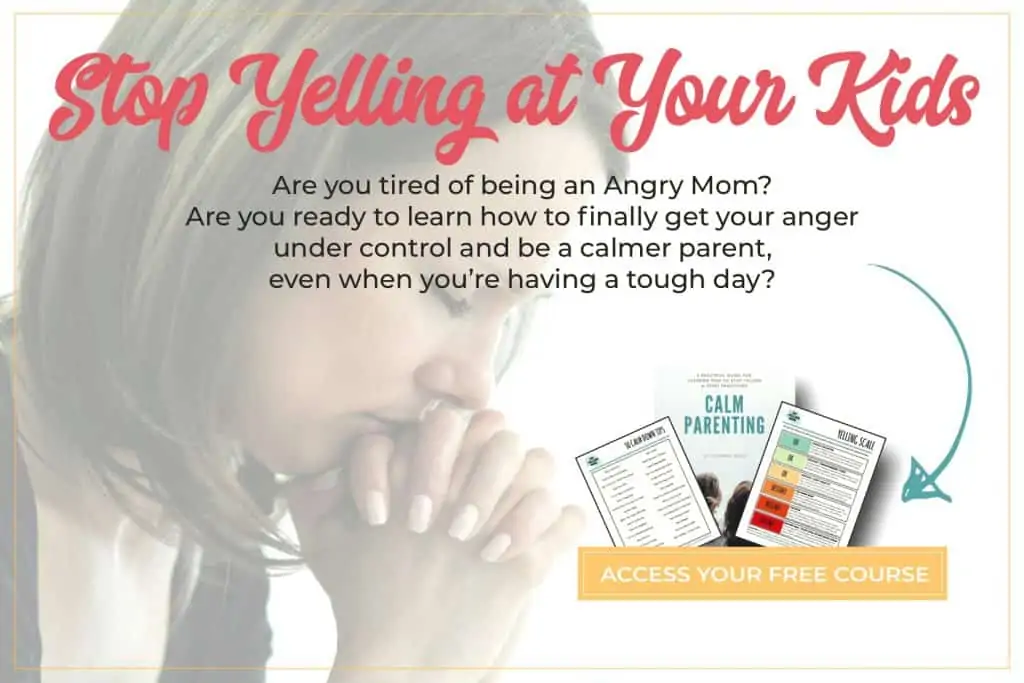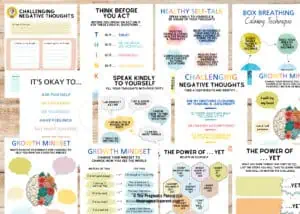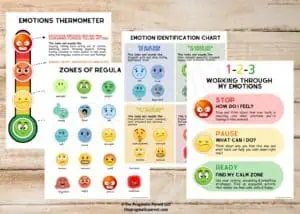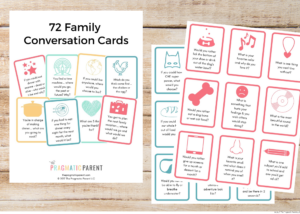Kids love being independent (that fit they just threw over doing it themselves, yeah, that one), it makes them feel like big kids and independence is what they’re craving. Giving in doesn’t mean big, unsafe things like letting them use a knife to chop vegetables just because they want to. It’s about small choices that they get to make for themselves and then act upon. Here are ways to gently guide them into using their new found independence to teach them simple life skills.
Have you ever noticed how eager toddlers and preschoolers are to help? It still surprises me that my kids LOVE picking weeds and helping out in the yard, they even asked for their own broom and dustpan to clean up messes. At first, it was a bit of a pain because they were making more of a mess than helping but as I taught them how to help, they’ve really picked it up and actually do help and in turn, help themselves.
Life skills? Yep, life skills for little kids are simple and easy to implement. Here are a few easy tasks children can do on their own.
PICK OUT A SNACK
– Make a designated snack bin and put it in the lowest part of your pantry or a lower cabinet that can be easily accessible. When it’s snack time, they’re able to reach the snack bin and choose a snack for themselves. A piece of fruit is a favorite option of ours or if they can open the refrigerator, a designated bin with yogurt or string cheese that is reachable works well too.
GET THEIR OWN DRINK
– If you have a fridge with water dispenser: It seems you collect water bottles and cups by the hundreds when you have kids. Keep a basket or container of water bottles or cups in a lower cabinet that children can access without a parent and fill up on their own. When they’re thirsty, let them grab their own cup to fill up with water from the fridge.
– Fridge without a water dispenser: Pre-fill water bottles and place them in the fridge so they can get it out of the fridge when they’re thirsty.
DRESS THEMSELVES
– If you can, hang a lower clothes rod in the closet and hang their clothes within reach so they can pick out shirts, sweaters, dresses, etc.
– Organize dressers so kids can pick out their own outfits. I’ve even seen stickers that you can put on the outside of each drawer that has a nifty little picture indicating if the drawer holds shirts, pants, etc. A lower dresser is best for this, a tall dresser won’t work as well.
– Set up a jacket and shoe station. If you don’t have space, a simple wall hanger with 4-5 hooks and a box for shoes or mud tray will work great. In our garage, we have a convenient little storage cubby where jackets and shoes are stored so the kids can always pick out and put on their own shoes and jackets before leaving the house and when we get home. Here’s how I made my own storage cubby for one central holding station for jackets and shoes.
– An important note – once kids dress themselves, they absolutely do not want to change and you don’t want to fight them on this because it’s one of those battles that can quickly escalate. So, in order to avoid having your kids gleefully wear shorts and flip flops out in a snowstorm, make sure you rotate seasonal clothes and only keep those in-season digs in drawers. I box up the size for the season, label it and store it in the basement for hand-me-downs or if they’ll still be in the same size next season.
PUT AWAY LAUNDRY
– Make it easy for them to do this and praise them for their help along the way. Once you fold laundry, sort their clothes into small piles by the essentials – socks, underwear, pants, shirts, etc. Set each small pile on the floor or their bed in their room and show them how to put away each pile to the correct drawer.
– Another step… put a laundry basket in their bedroom and every time they change, they need to put their clothes in their laundry basket. Not only are they cleaning up after themselves but they’re learning the cycle of laundry – dirty, clean, put away and they’re part of those two cycles.




